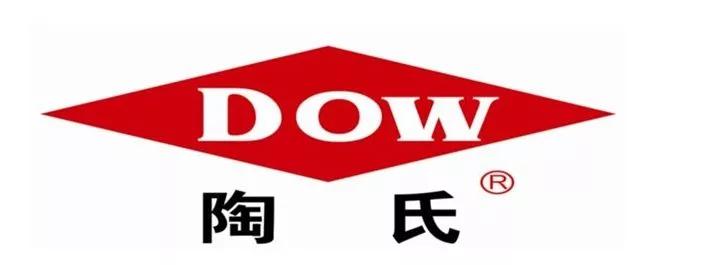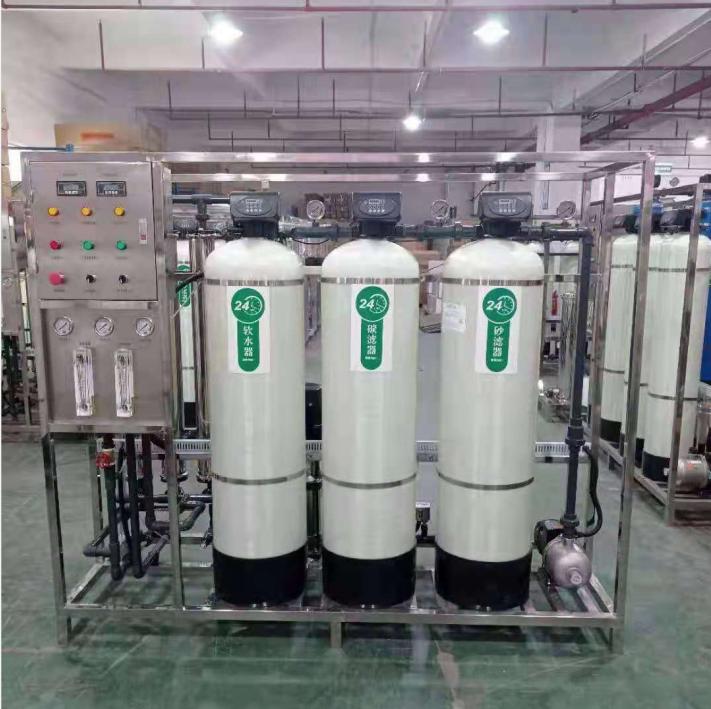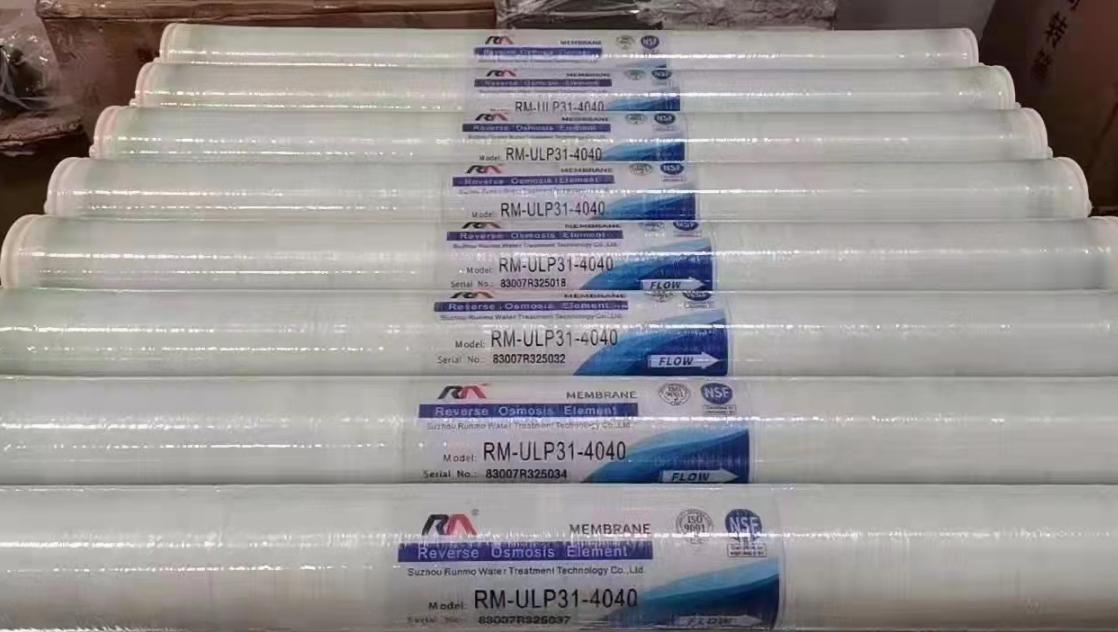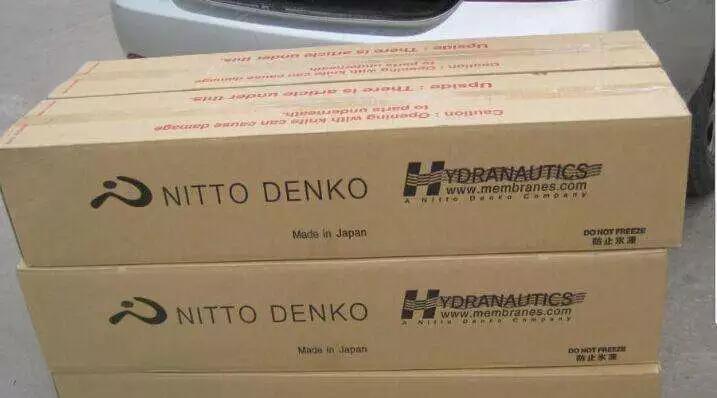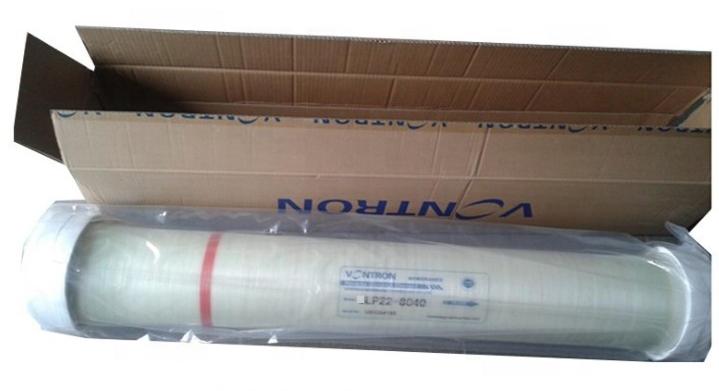December 15, 2021
U.S. Space is the first use of RO reverse osmosis technology, because the reverse osmosis technology can be recovered from astronauts into pure water, the astronauts in space to solve the drinking problem.
Later it was found that reverse osmosis technology can be water heavy metals, pesticides, bacteria, viruses, impurities, such as a complete separation, this technology is widely used in the water purification field.
When we sell purify water system, we all know that reverse osmosis membrane is the core of the whole set of pure water equipment, how we recommend the sale of reverse osmosis membrane to customers, in the whole equipment sales play a crucial role;
How to recommend the sales of reverse osmosis membrane to our customers, the most important thing is to understand the classification of common reverse osmosis membrane in the market, only to know what kind of raw water quality is suitable for different types of reverse osmosis membrane, can Be Different for the customer water quality, to match its corresponding reverse osmosis membrane.
We have to be different according to the customer’s water quality, equipped with suitable reverse osmosis membrane, in order to better meet the customer’s water quality requirements.
According to different reverse osmosis manufacturers, the common types of reverse osmosis membrane on the market are:
low pressure reverse osmosis membrane, ultra-low pressure reverse osmosis membrane, brackish water reverse osmosis membrane, anti-fouling reverse osmosis membrane, ultra-pure water reverse osmosis membrane, seawater desalination film and so on.
So many types of reverse osmosis membrane, we in the end how to choose?
The choice of the series of RO membranes should be based on the requirements of the end-user for desalting rate, operating pressure, pollution rate and cleaning frequency, and the quality of the influent water.
The brackish water membrane is mainly used for well water, river water, lake water and industrial waste water as source water, and anti-pollution membrane can reduce chemical cleaning frequency and operation cost for more polluted water.
Ultra-low pressure membrane is more suitable for small and medium-sized pure water systems, effectively saving the cost of pumps, pipes and pressure vessels, at lower operating pressure, can still have high desalination rate performance.
Ultra-pure water membrane is more used in high-purity water, ultra-pure water systems, the removal rate of micronutrient is more advantageous. Seawater desalination membrane is mainly used in seawater and other more polluted water.
In addition, for purify water system with different flow rates, how do we select reverse osmosis membranes with different water production rates?
This is mainly reflected in industrial purify water systems, industrial-grade reverse osmosis membrane on the market is mainly 8040 and 4040 two specifications, the length of the two series is the same, the main diameter difference, membrane size is different.
Theory, the minimum water yield of single 8040 membrane element is 0.46 t/h (using surface water as influent source) and 0.80 t/h (using ground water as influent source) , 1.15T/h (the water produced by the primary RO system is used as the water intake of the secondary RO system).
When the system water output is greater than the above value, 8040 membrane element can be used in theory.
But whether to use 8040 membrane element should consider the recovery rate of the system, whether to allow the return of concentrated water, the area of the system, the cost of pressure vessels and the overall economy of the system, and many other factors. In addition, the reverse osmosis water production is also greatly affected by other factors such as temperature.
According to the comprehensive balance of various factors, it is generally considered that 8040 membrane element is more suitable for reverse osmosis systems above 5T/H and 4040 membrane element is more suitable for reverse osmosis systems below 3T/h, the reverse osmosis system of 3 ~ 5 T/h can use 8040 or 4040 membrane element.
Here’s a summary of the reverse osmosis membrane options:
1、Desalting rate and salt penetration rate of reverse osmosis membrane
The desalting rate of RO RO membrane element was determined when it was manufactured.
The desalting rate depends on the density of the ultra-thin desalting layer on the surface of RO membrane element.
The denser the layer, the higher the desalting rate, at the same time, the lower the yield.
The desalting rate of reverse osmosis membrane for different materials is mainly determined by the structure and molecular weight of the materials.
The desalting rate for high valence ions and complex univalent ions can exceed 99% , the desalting rate of monovalent ions such as sodium ion, potassium ion and chloride ion is slightly lower, but it can exceed 98% (the longer the reverse osmosis membrane is used, the more chemical cleaning times, the lower the desalting rate of the reverse osmosis membrane) , and can also exceed 98% for organic matter with molecular weight more than 100, however, the removal rate of organics with molecular weight less than 100 is lower.
Calculation method of salt rejection and salt permeability of reverse osmosis membrane:
- RO membrane salt permeability = RO membrane product water concentration / influent water concentration × 100%
- RO membrane desalination rate = (1-RO membrane water salt content / influent salt content) × 100%
- Salt permeability of RO membrane = 100%-desalination rate
2、Water production and permeation flow rate of reverse osmosis membrane
RO membrane water production-refers to the water production capacity of the reverse osmosis system, that is, the amount of water permeating the RO membrane per unit time, usually expressed in tons/hour or gallons/day.
The permeate flow rate of the RO membrane is also an important indicator of the water production of the reverse osmosis membrane element.
Refers to the flow rate of permeate per unit membrane area, usually expressed in gallons per square foot per day (GFD).
Too high permeate flow rate will cause the water velocity perpendicular to the surface of the RO membrane to increase, which will aggravate membrane fouling.
3、Recovery rate of reverse osmosis membrane
The recovery rate of RO membrane-refers to the percentage of feed water converted into product water or permeate in the reverse osmosis membrane system.
It depends on the pretreatment influent water quality and water requirements in the reverse osmosis system.
The recovery rate of RO membrane system has been determined at the time of design.
(1) Recovery rate of RO membrane = (Production water flow of RO membrane/Influent flow) × 100%
(2) The calculation formulas for the recovery rate, salt permeability and desalination rate of reverse osmosis (nanofiltration) membrane modules are as follows:
- Recovery rate of reverse osmosis membrane module = RO membrane module water production/intake water×100%
- The salt permeability of the reverse osmosis membrane module = RO membrane module product water concentration / influent water concentration × 100%
4、Model of reverse osmosis membrane
Ultra-low pressure membrane element can be used for influent TDS≤1000ppm;
3000ppm≥TDS≥1000ppm can choose anti-pollution membrane element to enter water;
TDS≥3000ppm can choose brackish water desalination membrane element;
Seawater desalination membrane elements can be selected for influent TDS≥5000PPM.
5、Water output capacity of reverse osmosis membrane
Under normal circumstances
4040 membrane elements are mostly used for reverse osmosis equipment with water production less than 4T/H; for 0.25 tons/hour reverse osmosis equipment, choose 4040 membrane for one, 0.5 tons/hour for two, and 1 ton/hour for reverse osmosis. 4, and so on;
8040 membrane elements are mostly used for reverse osmosis equipment with water production ≥ 4T/H; 8040 membrane elements are about 1 ton/hour, and 4 8040 membrane elements are selected for reverse osmosis equipment with 4 tons/hour.
The decline in desalination rate and water production is the most common failure in reverse osmosis and nanofiltration systems.
The blockage of the membrane element inlet flow channel and the increase in the pressure difference of the module is another typical failure.
If the desalination rate and water production are relatively high The gradual decline indicates that there is normal fouling in the system, which can be dealt with by proper and regular cleaning.
However, rapid or sudden performance degradation indicates that the system has defects or misoperations.
It is necessary to take corrective measures as soon as possible, because any delay in processing will lose the opportunity to restore system performance, and there will also be extremely low water production and extremely high water production.
The salt content of the product water is TDS.
How to Maintain RO Pure Water System to Extend Its Lifespan
July 23, 2024
Ensuring Pure Water: Essential Maintenance Tips for Optimal RO pure water System Performance
What are the installation and maintenance of stainless steel bag filter housing?
June 18, 2024
Comprehensive Guide to Installing and Maintaining Stainless Steel Bag Filter housing
